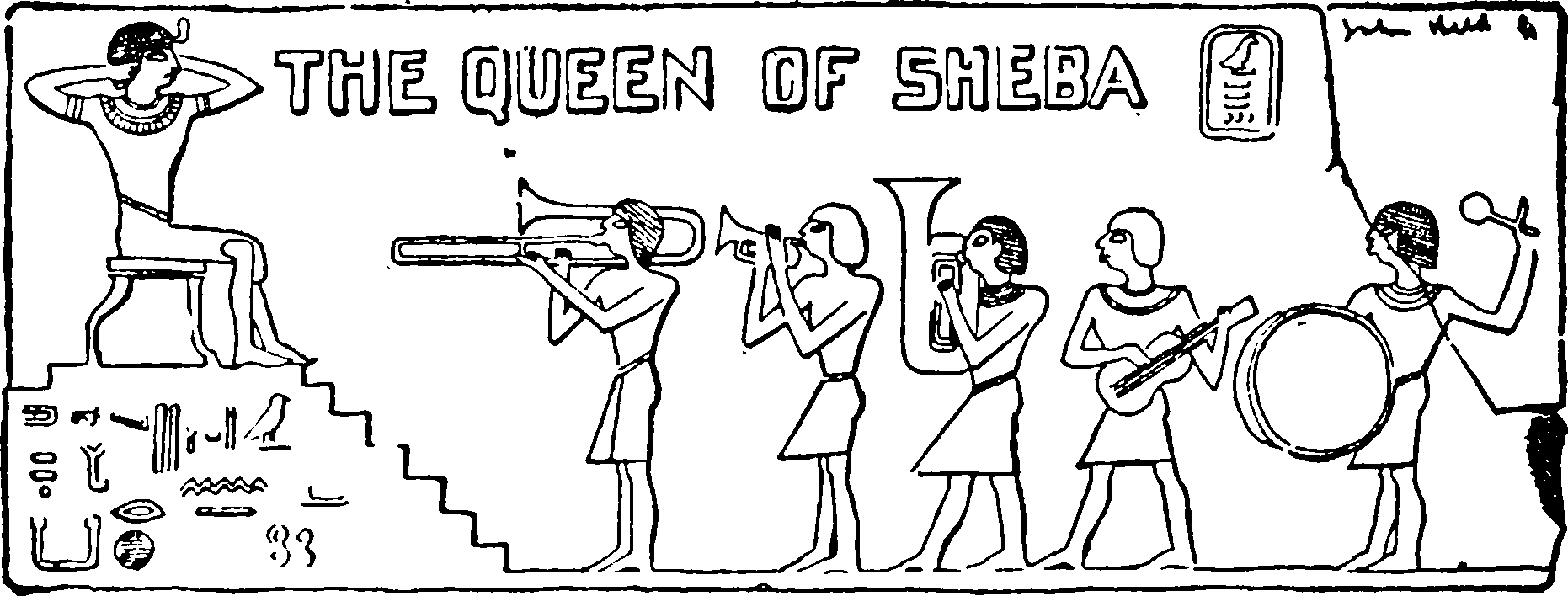Ethnomusicology
2015-04-02 — 2024-01-26
Wherein miscellaneous scraps on culture and musicality are assembled, and attention is directed to technoethnomusicology, Sundanese musical practices, and the Scotch Snap rhythm as a cross‑cultural datum.
Miscellaneous notes on culture and musicality.
This is where my scraps and marginalia go. I have little to say on general ethnomusicology, but do see technoethnomusicology and indonesian music, especially sundanese music.
1 Incoming
Musical Heresies by Roger’s Bacon makes the case for music being an evolved superstimulus.
Philip Tagg— Scotch Snaps: the big picture:
A huge social and cultural history is embedded in the microcosm of this two-note rhythm. Issues addressed: [1] What is a Scotch Snap? [2] How does it relate to language, class and ethnicity? [3] Is it just Scottish, or is it also Irish, Welsh, English, West African, Hungarian, “Celtic”, “black”, “white” or what? [4] It’s used by Henry Purcell, Béla Bartók, Mahalia Jackson, Woody Guthrie, Stevie Wonder, Ry Cooder, James Brown and Buck Owens; and you’ll also find it in Strathspeys, traditional English ballads, Appalachian fiddling, string band music, spirituals, white gospel, black gospel, even in West African time lines, but you won’t hear it in mariachi, mbaqanga or MPB (música popular brasileira), nor in the music of South or Central Europe. [4] If it has to do with English language rhythm why did it disappear from English music during the 18th century to re-emerge globally in popular musics of the 20th century? [5] Why did Dvořák think that “Negro” and “Scottish” musics were similar? [6] How come some music of English origin is labelled “Celtic” when England is seen by fans of “Celticity” as the devil incarnate? This instructive but entertaining video offers an alternative to ethnic fixations in popular music history and genre labelling. See also Temperley, N., & Temperley, D. (2011): Music-language correlations and the “Scotch Snap” in Music Perception 29 (1), 51–63. [HELP]
